There are many Easter greetings in Serbian and I will try to teach you how to congratulate this very important Christian holiday in this beautiful language.
Has it ever happened to you that you are spending Easter with a Serbian family and you just can’t quite understand what they are mumbling while greeting each other? If you are planning to spend Easter in Serbia, you are going to hear words like “Christ has Resurrected! Indeed he has Resurrected!” quite a lot.
What Are The Common Easter Greetings In Serbian?
The Serbian language is so wealthy that we have hundreds of ways to congratulate the religious feast days. When we are talking about Easter, it’s maybe mostly contributed by many dialects in the Serbian language.
For example, there are many ways to wish “Happy Easter” in Serbian:
1) Cyrillic: Срећан Ускрс!
Latin: Srećan Uskrs!
2) Cyrillic: Сретан Ускрс!
Latin: Sretan Uskrs!
3) Cyrillic: Срећан Васкрс!
Latin: Srećan Vaskrs!
4) Cyrillic: Сретан Васкр!
Latin: Sretan Vaskrs!
Or just use simple greeting “Happy feast” – “Срећан празник” in Cyrillic or “Srećni praznik” in Latin Alphabet.
If you use any of these phrases, surely that you won’t make any mistake but the problem is that is not a usual greeting.
The most common Easter greeting in Serbia is “Hristos vaskrse” (Christ has Resurrected!). The reply to that greeting should be “Vaistinu vaskrse” (Indeed, he has Resurrected!).
Whenever you say “Hristos Vaskrse,” keep in mind that there are also other ways to say the same phrase as follows:
- Hristos Voskrese! (chree-sohs voh-screh-seh)
reply : Vaistinu Voskrese! (vah-eest-eenoo voh-screh-seh )
- Hristos Vaskrese!(chree-sohs vah-screh-seh)
reply: Vaistinu Vaskrese! (vah-eest-eenoo vah-screh-seh )
Serbian Easter Traditions
Serbian Easter, like Easter in any other Eastern European country, is a holiday full of customs, rituals, colors, and delicious festive specialties. Serbians who celebrate Easter generally follow the Orthodox religious calendar (Julian calendar), and they call the holiday Uskrs or Vaskrs. The festive day may also be referred to as Velikden. The Serbian calendar marks several important holidays in preparation for Easter.
Let’s talk about some of them:
1. Lazarus’ Saturday
Lazarus’ Saturday is the day when the Church recognizes that Lazarus was raised from the dead. It’s also called Vrbica and is associated with flowers. As in Easter in Poland, flowers and willow branches in Serbia are substitutes for actual palm leaves. And instead of being woven into bouquets prior to being taken to liturgy, these are scattered on the church floor and blessed by the priest. After that, flowers are gathered up by the congregation to be woven into decorations to be hung around the home (on doors or by the household icon). On this day in Serbia, it’s a tradition to give children bells to wear so that they can announce the coming of Christ with their ringing.
2. Good Friday
Traditionally, Serbians color eggs on Good Friday before Easter. Just like for Easter in Bulgaria, the red egg holds special importance as a symbol of the holiday, signifying the blood of Christ.
Logically, the first egg to be colored should be red. That red egg is called “Čuvarkuća” and it’s often kept throughout the year (possibly near the household icon) to protect the household until it can be replaced with a new red egg the following Easter.
Also, the Easter egg is a symbol of the renewal of life and nature, the red egg signifies joy for those who give it and for those who receive it as a gift.
When you are a kid, Good Friday is a big day for you since you could hardly wait for the famous Easter bunny in the morning to bring us a package full of sweets in the yard so that we could find it. But before that, you need to make a nice, comfortable nest for the bunny and then he will leave you a present in it. Imagine my disappointment when I discovered that the Easter Bunny is no less and no more than my mom. 🙂
3. Egg Decorating Traditions
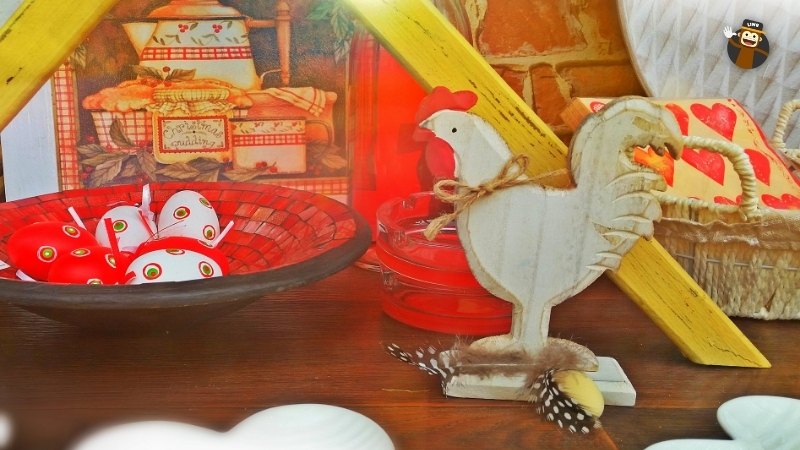
We all know that eggs may be dyed with commercial dye, but natural colors were typically used in Serbia and many families preserve this connection with their past by using dyes found in nature. Onion skins are the most commonly used and easily available dye and the tradition of enveloping eggs in onion skins to produce deep-colored hue dates back centuries and has been practiced widely throughout Eastern Europe.
This type of Easter egg may be imprinted with any leaf or a flower that has been pressed between the eggshell and the onion skin. That way it creates a silhouette of the plant on the surface of the egg.
This is not the only way Serbians paint their Easter eggs. They make an abundance of colors using spices, herbs, or other dyes derived from foods commonly found in the kitchen, such as tea or coffee.
4. Easter Saturday
Between Good Friday and Easter Day is Easter Saturday. It is a day for purifying the home by cleaning and tidying it up. Also, Serbians often use this day for cooking in preparation for the Easter feast and they organize some kind of egg competitions to determine who has produced the most beautiful eggs of the season. It’s a tradition that the eggs should be admired on this day because they will be cracked and eaten the next day.
5. Easter Sunday
Easter Sunday is a very important day when families attend church and gather for a meal. It is also the day when the game of egg-tapping is played between siblings and friends, or in more serious competitions with adults. An egg is held by each player, who then taps their eggs against their opponent’s. The player’s egg that remains intact is the winner of the game. A village Mokrin in North Serbia (Province of Vojvodina) has heightened this family game to one of public celebration, enacting a strict rulebook and demonstrating the realness of the winning egg with fanfare.
The Easter feast includes the broken eggs, while the winning egg is given special honors. In addition to the hard-boiled Easter eggs, the dinner on this day can include several dishes. Lamb, different types of salads made from fresh vegetables, and various desserts decorating the Easter table.
Serbian Easter bread is often made from braided dough into which colored eggs have been woven, creating a festive centerpiece for the table. Another popular bread is savory bread shaped like cinnamon rolls, like rosebuds, which can be pulled apart into individual portions.
Wrapping Up
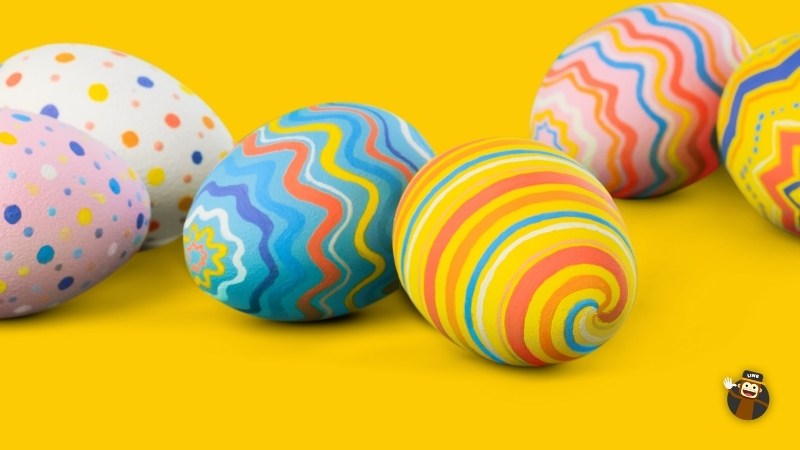
Easter is one of the most beautiful periods of the year where Europhia is at its highest level. In Serbia, this day is truly the most beautiful day of the year when we are in peace and prosperity, and an opportunity for all of us to gather as a family and enjoy the beauty of holiday euphoria and socializing together.
If you want to become a part of one Serbian family, you don’t have to do anything special, just to be yourself and you will be accepted with all your virtues and vices. But if you make an effort to learn common words, date and time vocabulary, or home and family vocabulary in Serbian, they will appreciate it a lot.
Ling App can help you learn the basic Serbian language in an easy and fun way.
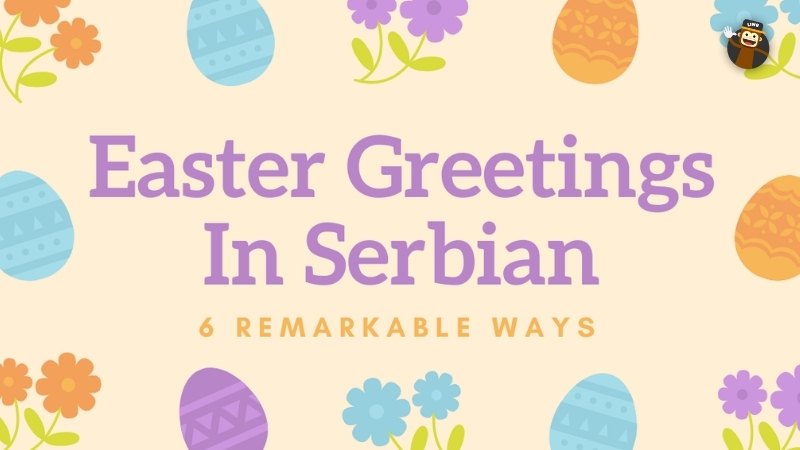














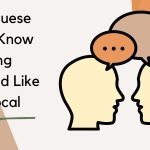


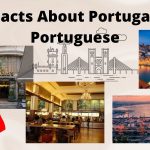


One Response
Thank you